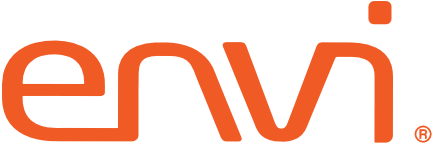Perpetual Inventory Tracking Best Practices
“As a start-up, we had a significant problem with excess inventory. Because we wanted to ensure we had all items needed for patient care, there were areas where we were overstocked, with cash tied up in inventory. With Envi, we order more frequently and in smaller amounts, which means less cash sitting is around. Our cash flow definitely did improve.”
Kate Holden, Think Whole Person Healthcare
Make inventory replenishment easier, more consistent and more accurate
Improve financial performance, including increased cash flow, understanding of business line profitability and accuracy in patient billing
Improve department and organization planning and budgeting processes
Step 1: Stop overstocking and over spending – unturned inventory on shelves is like leaving cash sitting in storerooms
???? Tracking inventory and usage will reduce costs, reduce waste and increase cash flow
– Having extraneous items on-hand not only tie up cash, they’re prone to waste, breakage, loss and expiration
???? Make sure you’re tracking lot & serial numbers, as well as expiration dates
– Tracking lot & series numbers support product recall processes
– Expiration date tracking helps you manage and use on-hand inventory, rotating items that will expire soon to locations where they can be used


Step 2: Adjust your inventory based on history, purchasing patterns and lead time to receive products
???? Review enough history (usually 12-24 months) to see actual usage over time, with adjustments for seasonality
???? Create processes that enable par levels to “flex,” and adjust economic order quantities (EOQ) based on both seasonal use and overall usage patterns
Step 3: Increase visibility and improve management of items in inventory
???? Create better visibility to on-hand supplies across multiple locations
– When you can see supplies throughout your organization, you can avoid overspending by moving needed items from one location to another
???? Well-organized supply areas will support your inventory management efforts. Don’t forget to:
– Limit access to maintain better control and reduce loss
– Organize items by type and use, and label shelves to make it easy for both clinicians and supply chain technicians to find and replenish what’s needed
???? Improve consignment items – get proactive instead of reactive about your consigned inventory
– If vendors manage consignment items and replenish automatically, the result may be spending more than is necessary


Step 4: Inventory management improves cost management: by department, business lines or physicians
???? Organizations that used to evenly divide costs across physicians or business lines are beginning to allocate specifically to departments, procedures, even individual physicians
???? This drives visibility to actual costs and profitability of procedure areas, and better usage and budget tracking
– Helps support better cost center management, budgeting and planning
Step 5: Tracking inventory and consumption levels helps an organization reconcile to billing activity, ensuring full billing capture based on product consumption
???? Track usage to patients for more accurate billing
Examples:
– Ortho offices are tracking all durable medical equipment to ensure accuracy
– Physicians prescribing specialty drugs often track to patient record to ensure billing reflects what’s actually used and account for all pharmaceutical products


